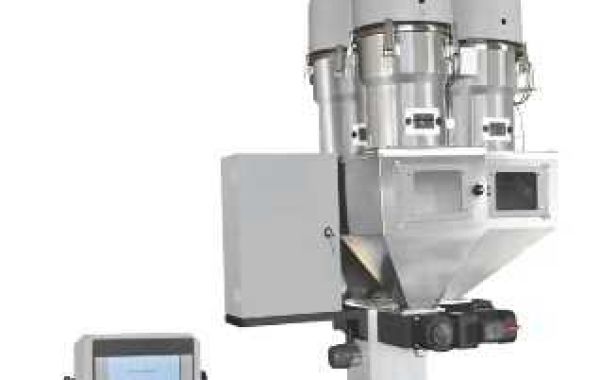The Volumetric Ratio Mixer, a staple in the world of industrial mixing processes, is renowned for its precision and efficiency in blending various liquids. Its working principle is grounded in the fundamental understanding of fluid dynamics and the meticulous control of flow rates. This article aims to shed light on the inner workings of the Volumetric Ratio Mixer, explaining how they achieve their renowned mixing capabilities.
At the core of the Volumetric Ratio Mixer's operation is the principle of volumetric flow control. This mixer is designed to handle two or more fluids, each with a distinct flow rate, and blend them in a precise volumetric ratio. The mixer's design ensures that the fluids are combined in the exact proportion required, which is crucial for applications where the final mixture's properties depend on the ratio of its components.
The operation of a Volumetric Ratio Mixer begins with the individual flow control of each fluid. Each fluid is fed into the mixer through a separate inlet, and the flow rate of each is controlled by a precision flow meter or a variable speed pump. These devices are calibrated to deliver a specific volume of fluid per unit of time, ensuring that the ratio of the fluids is maintained throughout the mixing process.
Once the fluids enter the mixer, they are directed toward a mixing chamber. The design of this chamber is critical to the mixer's performance. It is typically equipped with baffles or impellers that create turbulence within the chamber, promoting thorough mixing of the fluids. The turbulence ensures that the fluids are continuously agitated, which helps to break down any large droplets or pockets of unmixed fluid, leading to a homogeneous mixture.
The efficiency of a Volumetric Ratio Mixer is also influenced by the viscosity of the fluids being mixed. Viscous fluids require more energy to mix, and the mixer may need to be equipped with more powerful impellers or a higher flow rate to ensure adequate blending. Conversely, less viscous fluids can be mixed with less energy, making the mixer more energy-efficient for these applications.
Another factor that affects the performance of a Volumetric Ratio Mixer is the density of the fluids. If the fluids have significantly different densities, they may tend to separate after mixing, which can be counteracted by the design of the mixer. Some mixers are equipped with features that promote the suspension of denser fluids within the lighter ones, ensuring a stable mixture.
The control system of a Volumetric Ratio Mixer is another integral part of its operation. Modern mixers often come with advanced control systems that allow for precise adjustment of the flow rates and mixing parameters. These systems can be automated, allowing the mixer to adjust its operation in real time based on feedback from sensors monitoring the mixing process.
In conclusion, the Volumetric Ratio Mixer operates on a combination of precise flow control, effective mixing chamber design, and advanced control systems. Its ability to maintain a consistent volumetric ratio of fluids, regardless of their viscosity or density, makes it an invaluable tool in industries that require high-quality, uniform mixtures. Understanding the working principle of Volumetric Ratio Mixers is essential for optimizing their performance and ensuring that they meet the specific requirements of various mixing applications.








